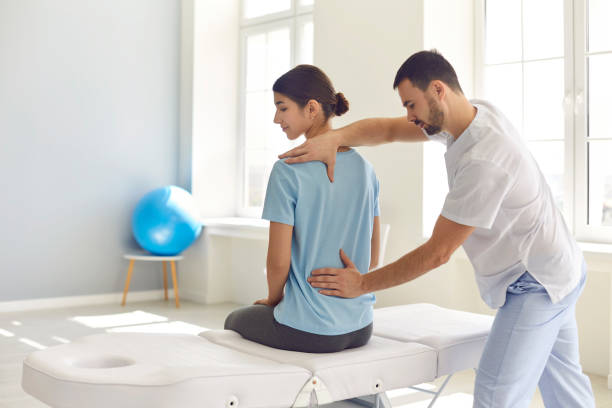While the eyes, lips, and nose are typically considered the most prominent features of a person’s face, a contoured jawline is crucial for your facial complexion. Fortunately, plastic surgery for a better jawline, along with a variety of surgical and non-surgical cosmetic procedures, is available for sculpting the perfect jawline.
For patients bothered by large fat pockets beneath their chin, buccal fat reduction can slim the lower face and enhance the angularity of the chin.

Fat Transfer
Fat transfer is a cosmetic technique that uses your own body’s fat to plump, lift and enhance areas of the face. The procedure can address issues like hollowed cheeks, creases and wrinkles around the eyes and temples, or a lack of definition in the chin or jawline. It can also be used to smooth and soften nasolabial folds or marionette lines, or add volume to the lips and lip line.
The fat transfer procedure starts by extracting excess fat from another area of the body using liposuction techniques. Next, the fat is centrifuged to separate pure fat from other materials and prepare it for injection into the facial areas in need of rejuvenation. Once the fat is ready, it’s injected into the face with syringes in precise locations and at varying depths to achieve desired results.
The grafted fat creates a small valley and peak where it’s injected, creating a natural-looking contour in the treated areas. This helps define the cheekbones and the jawline, giving you a more balanced appearance overall. Swelling typically dissipates within a few days, and you can resume light activity after two weeks. Unlike dermal fillers, the effects of fat transfer are long-lasting and can be maintained with regular follow-up treatments. The treatment can be combined with other procedures to further refine and perfect the results.

Injectables
Biologically, men with a strong, chiseled jawline are believed to be more attractive and better at attracting members of the opposite sex for mating purposes. However, for many men, a weak chin and jawline can make them look stooped over and less masculine, especially in the age of selfies and social media. The good news is that Dean White Melbourne plastic surgeon have surgical and non-surgical procedures that can help increase definition and projection in the jaw and chin to make you look healthier, fitter, and more confident.
For those who aren’t ready to undergo a facelift or neck lift, injectables can also be used to sculpt the jawline and chin. Dermal fillers like Voluma can add volume and structure to the jawline for a more masculine appearance, while Kybella injections can target fat cells in the chin to help it appear more pronounced.
Another great option is Radiesse, a calcium hydroxylapatite-based filler that can contour the cheeks and jawline for a more chiseled look. Sculptra, a poly-L-lactic acid-based filler that stimulates collagen production, is another great choice for those who want to rejuvenate their looks and reduce the signs of aging. Finally, Botox can be used to relax the masseter muscles (the muscles that help you chew) to narrow a wide jawline or improve the appearance of a double chin.
Surgery
A chiseled jawline can give your face a rugged, masculine appearance. While diet and exercise can shape your body, they cannot target stubborn fat in the chin or neck that can contribute to a soft or less defined jawline. In some cases, a patient will need a surgical procedure to contour their ideal jawline.
For patients experiencing significant sagging of the lower face and loss of skin elasticity, a surgical procedure like a mini facelift or full face lift may be required to sculpt their ideal jawline. The facelift procedure will reposition the mandibular ligament to create a more pronounced, chiseled jawline. The lower part of the face will also be reshaped, including a reduction in jowls or the removal of excess fat.
Liposuction can be used to remove moderate to large amounts of fat deposits around the chin and jawline area for a more pronounced, chiseled appearance. Liposuction can be performed alone or in conjunction with a neck lift for more comprehensive results.
Another surgery that can be used to sculpt the jawline is called a Forma treatment, which is a minimally invasive office procedure that uses radiofrequency energy and helium plasma to tighten the skin. The procedure will result in a more chiseled and defined jawline and a firmer, tighter neck. Maintenance treatments every 1 to 2 years are typically needed to preserve the results of a Forma treatment.
Associate Professor Dean White
The Avani Building, Suite 1, Level 1/12 Nelson Rd, Box Hill VIC 3128
(03) 9895 7631


 The services offered by a
The services offered by a  Remarkable Staff
Remarkable Staff Beautify Yourself
Beautify Yourself